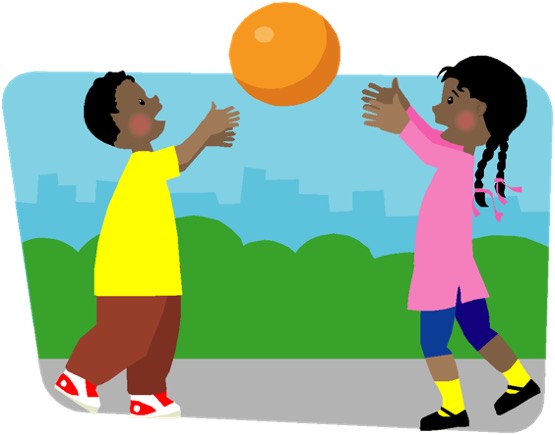Some of the lessons that we expect children to learn simply by observation and experience are not easy for everyone. Social interactions are complicated, and children with challenges in communication or behavior often do not learn the skills necessary for success. Social Stories are books, usually created by teachers, that address difficult topics children and families may be facing. They can also be created for groups of children to address classroom issues or even global issues.
They are most often customized to reflect a particular child or children, personalizing the messages. We recommend keeping the text simple and at a minimum. Use photographs of the actual child and depending on the child, stock photos and boardmaker images can help simplify.
Stories can be about any topic for example:
- a child’s difficulty sitting for circle time
- children showing private body parts
- someone who frequently bumps into other children
- reminders about rules or behavioral expectations.
- social cues that are being missed
Social stories should be short, based on a scene or activity that is familiar to the child, and include pictures. Illustrations can be simple drawings, pictures from the internet or photographs of the child and/or familiar settings.
Carol Gray’s work on Social Stories was originally developed to support children with autism to make sense of events and experiences in their lives. We, and others, have found that the social stories approach can help a range of children to understand feelings and events that might be confusing or complicated. Her book might also be helpful.
Take the time to observe the child in the situation that will be addressed in the social story. Try to get an understanding of the child’s perspective. Offer information that explains why certain behaviors are unacceptable. End with coaching about what is acceptable, and a statement about trying to achieve that.

Questions to consider when Writing a Social Story
- What is the overall issue?
- What are some details about the child and setting?
- What are the challenging behaviors or conflicts that should be included?
- How does the child feel about these issues?
- What is the effect of these behaviors/issues?
- How do these behaviors/issues make other people feel?
- What do we want to convey?
- What does the child need to learn and practice?
- How would you illustrate this?
The text should have between 10 and 20 pages written in very clear, simple language and include many specifics. CSEFEL (the Center for the Social and Emotional Foundations of Early Learning) suggests using 3-5 sentences for each page covering topic #1 and #2 (see below) and 1-2 sentences for the rest of the categories.
Stories can follow a simple formula:
- An introduction of some sort to give context: Describe the who, what, where, why “I go to preschool. I like lots of things there-building with blocks, going to the park, running really fast. Moving feels good-bumping feels really good. My name is ______ and I am in preschool at _________. My teachers are __________. I like to __________________. Or, We go to school at ______. Our teachers are ________.
- Foreshadowing of the issue and then get to the heart of it, name it: Describe how things affect people and make them feel.“Bumping other people’s bodies can hurt them or make them feel mad.” Some people __________. Sometimes ________.
- Identify the feelings: It can be hard when _____________. Sometimes children feel ________ when they _________.
- Connect feelings and actions: Sometimes kids get so angry they want to hurt someone. _______ hit a friend and then they both felt bad, and sad, and mad.
- Describe the acceptable action or activity: “There are safe ways to bump-marching, bouncing on a trampoline or dancing.” When kids get angry it helps to _______________.
Each “acceptable activity” is a goal a child is working towards and the social story is one part of the teaching process. Making several copies of the social story is often useful. One can go home, one can be kept in the classroom library and one can go in a special place for the child.
In Somerville, teachers and therapists have developed social stories that you might find useful. Feel free to download and customize these for your specific needs.
Reference: “Scripted Stories for Social Situations-Tip Sheet” from the Center for the Social and Emotional Foundations of Early Learning (CSEFEL), “Promoting Social Emotional Competence” 10/03.